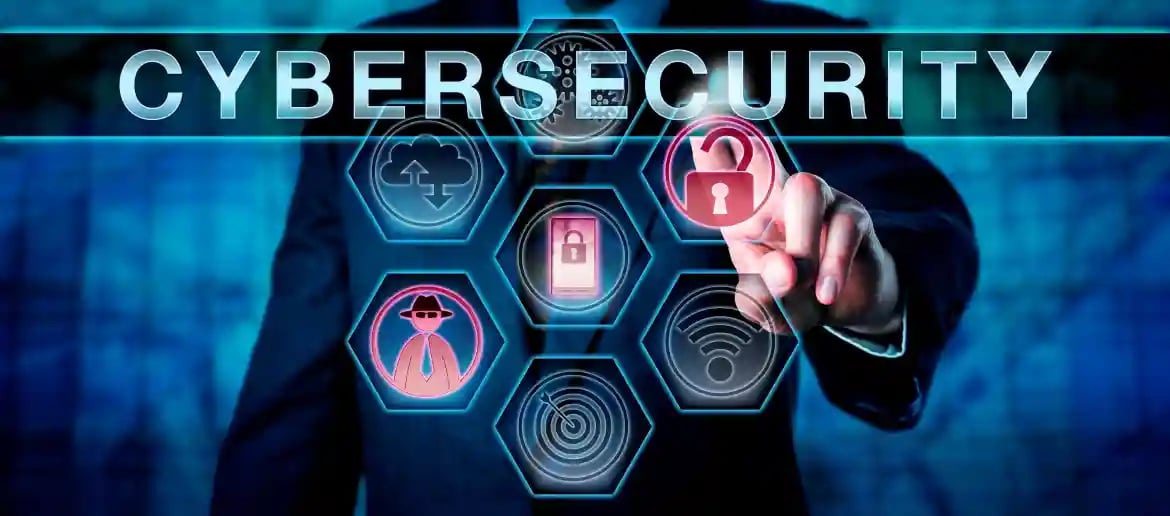Burnout Budgets and Breaches: How CISOs Can Stay Ahead of the Game

📝 Summary
Explore effective strategies for CISOs facing burnout and budget constraints to safeguard their organizations.
Burnout Budgets and Breaches: How CISOs Can Stay Ahead of the Game
Have you ever felt like you’re spinning plates, trying to juggle too many things at once? Really, it seems like everyone is discussing burnout these days, and cybersecurity leaders are no exception. Chief Information Security Officers (CISOs) are facing unprecedented challenges—not only with a growing number of breaches but also with limited budgets. Let’s dig into what’s happening in the world of cybersecurity and how CISOs can navigate these murky waters.
Understanding the Pressure on CISOs
In today’s digital landscape, being a CISO can feel like a high-stakes game of chess. Each move they make could either protect the company or open the door to potential disasters. According to a recent report from Cybersecurity Hub, 90% of organizations have experienced a data breach in the past year. That’s staggering!
The Weight of Burnout
Burnout isn’t just a buzzword; it’s a genuine crisis affecting many in the cybersecurity field. CISOs often find themselves working long hours without a robust support system. This relentless pressure can lead to:
- Mental exhaustion
- Decreased productivity
- A feeling of being overwhelmed by technology and compliance requirements
And let’s face it—no one wants to be the person who misses a critical alert because they were mentally checked out.
The Budget Blues
Adding to the mix, many CISOs are now facing financial constraints that make their jobs even tougher. As companies tighten their belts, cybersecurity budgets often get scrutinized. It’s a cruel irony, right? As threats grow more sophisticated, budget allocations don’t always reflect that reality.
- Limited resources: Fewer personnel and tools to combat growing risks.
- High operational costs: Keeping up with technologies can strain finances further.
- Regulatory pressures: Compliance costs can eat into budgets, leaving little room for innovation.
Why This Matters Now
So, why should we all care about the struggles of CISOs? It goes beyond just the frustrations of one role. The implications of ineffective cybersecurity can ripple through the entire organization. From financial loss and legal issues to reputational damage, the stakes couldn’t be higher. Understanding these issues shares a light on the need for systemic change in how organizations handle cybersecurity.
Strategies for Survival
CISOs can navigate this landscape effectively by prioritizing both their well-being and their team's capabilities. Here are some strategies to implement:
1. Shift the Focus to Cyber Hygiene
Rather than just reacting to threats, fostering a culture of cyber hygiene within the organization can be empowering. Training employees to follow best practices can drastically minimize risks.
- Regular Training: Host sessions for staff to understand phishing, password management, and secure browsing.
- Communication: Make sure everyone knows how to report incidents and why their role is vital in cybersecurity.
2. Prioritize Threat Intelligence
Access to real-time threat intelligence can make a world of difference. This involves:
- Subscribing to threat intelligence feeds that alert teams about vulnerabilities relevant to your sector.
- Collaborating with peers within and outside the organization to share insights.
3. Budget Wisely
Having hard conversations with stakeholders about prioritizing cybersecurity is crucial. Here’s what to consider:
- Highlight ROI: Demonstrate how adequate funding can mitigate risks and eventually save money in the long run.
- Phased Investments: Break down investments into phases to spread costs over time while gradually enhancing security.
4. Utilize Automation
Automation is not just a luxury anymore; it’s a necessity. By automating repetitive tasks like log analysis, CISOs can save time and reduce the chances of human error.
- Security Information and Event Management (SIEM) tools can streamline processes and enhance real-time monitoring.
- Automated Alerts: Configure alerts that notify the team when anomalies occur, ensuring timely responses.
The Importance of Support
One crucial aspect often overlooked is mental health support for CISOs and their teams. Just as organizations invest in cybersecurity tools, they should also invest in their people. This can include:
- Wellness Programs: Initiatives that focus on mental health can be game-changers.
- Peer Support Groups: Creating safe spaces for CISOs to discuss stressors can alleviate feelings of isolation.
Conclusion: A Call to Action
Navigating today’s challenging cybersecurity landscape requires flexibility, creativity, and a bit of courage. If you’re a CISO feeling overwhelmed, know that you’re not alone. Your role is vital, and taking steps to prioritize burnout and budget concerns will not only enhance your well-being but will uphold the cybersecurity posture of your organization.
And if you're someone involved in decision-making at any level, consider how you can support your CISO. This isn't just about damage control; it’s about building a stronger foundation for the future.
In the end, it’s a team effort. So let’s prioritize well-being, foster a culture of security, and create an environment where both people and technology can thrive. As always, a little bit of conversation can go a long way. Let’s keep this dialogue going!
For more insights and resources, check out these links:

